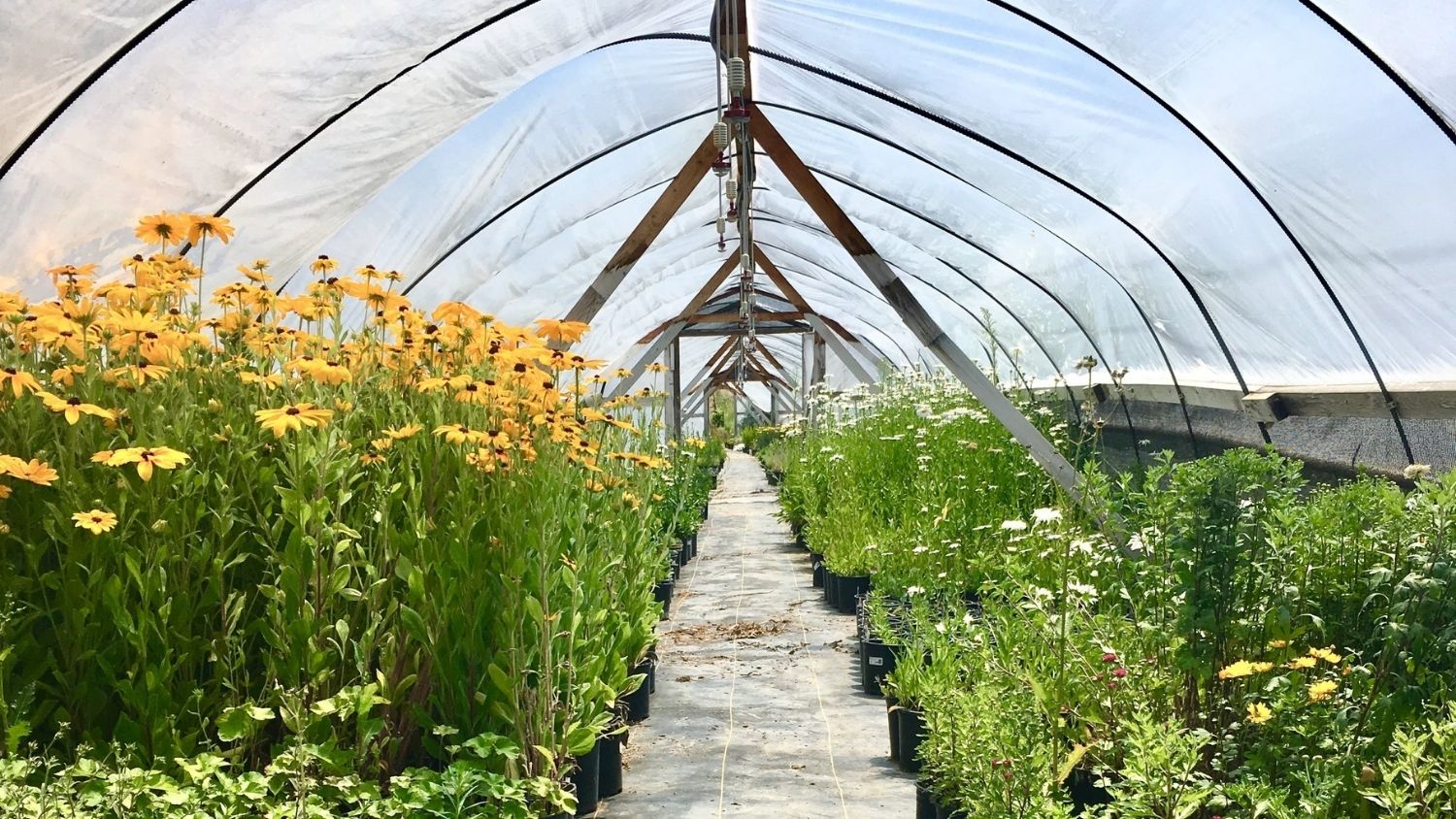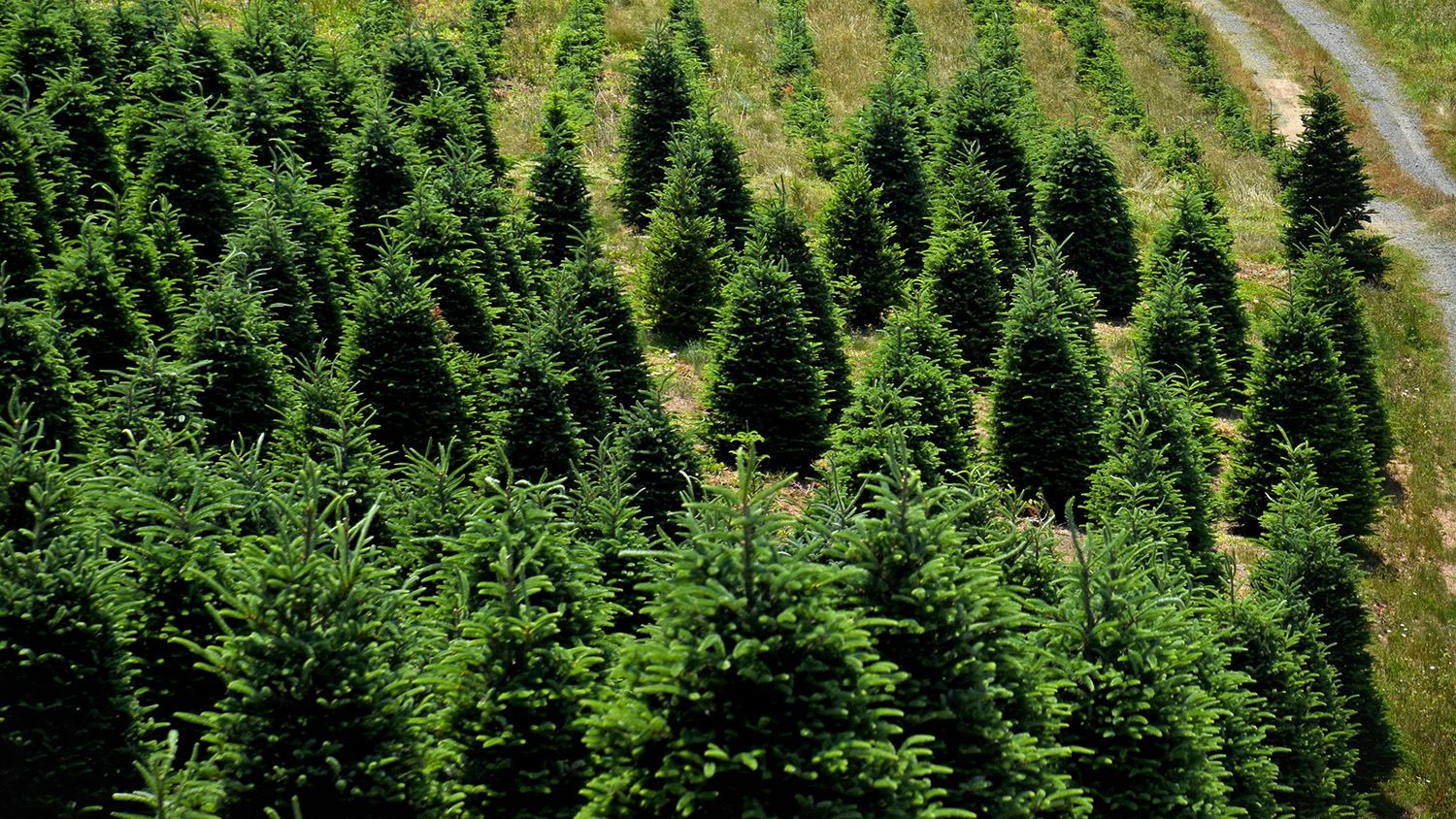Green Industries Create Stronger Economy in North Carolina

Green industries play a vital role in North Carolina, contributing approximately $134.9 billion to the state’s economy in 2019 and supporting more than 900,000 jobs, with a payroll close to $50 billion. ‘Green industry’ includes the variety of businesses involved in the production, distribution and services associated with ornamental plants and landscape and garden supplies and equipment.
Morgan Hoy, a graduate research assistant in NC State’s Department of Forestry and Environmental Resources, under the direction of Dr. Rajan Parajuli, Assistant Professor in Forestry and Environmental Resources, has been working to showcase the impact these nine industries have on North Carolina’s economy. A 2017 University of North Carolina Wilmington graduate, Hoy has been passionate about environmental conservation, especially since working as an arborist in Florida and then as an environmental compliance specialist for the Federal Emergency Management Agency. Hoy received her undergraduate degree in Environmental Science and is currently pursuing her master’s degree in Natural Resources, with a concentration in policy and administration.
Hoy saw this research as an opportunity to learn how to use the economic software called IMPLAN, which is a valuable tool for groups like industry associations and government entities that are evaluating the value their industry has to their local communities. With IMPLAN, Hoy examined the impacts of specific sectors in the green industry, especially those of arboriculture, horticulture and urban forestry.
Urban and community forestry, as well as arboriculture, are considered an essential part of the green industry in North Carolina. “Seeking out a green factor in urban settings is especially important, considering the future and where we are now, in a pandemic,” Hoy said. “Stay-at-home orders are lifting, but a lot of people are still choosing to stay at home. It’s uplifting even when you can look out your window and see that your yard has a tree, which comes from landscaping and a nursery. Yes, it’s on a small scale, but people appreciate being able to go outdoors more when they can to walk their dog, just to take a walk around the park to see greenery, which comes from these industries.”
The nine green industries Hoy researched include nurseries and greenhouses; lawn and garden equipment; greenhouse manufacturing; landscaping services; landscape architectural services; flower, nursery stock and florist supplies wholesalers; lawn and garden equipment and supplies stores; florists; and general merchandise stores. In 2019, the flower, nursery stock and florist supplies wholesalers industry surpassed $48 million in sales. Contributions from the other green sectors are as follows:
- Landscape architectural services: more than $7 million
- General merchandise stores: more than $7 million
- Lawn and garden equipment and supplies stores: approximately $4.7 million
- Landscaping services: approximately $3 million
- Florists: approximately $2 million
- Greenhouse manufacturing: approximately $1 million
- Nursery and greenhouse: approximately $1 million
- Lawn and garden equipment: less than $1 million
Hoy’s research also examined the total impact of the nine green industry sectors by looking at their direct, indirect and induced effects. Direct effect equates to the immediate results of a direct spend and applying the spend to multipliers, which then shows how the given region will respond. The indirect effect is essentially the impact of local industries buying goods and services from other industries in the given region. Induced effect is the response of the local economy to the direct effect of spending employee income.

“We are doing this to highlight the industry, to show its importance and to educate others as well,” Parajuli said. “These numbers are crucial.”
“Many business organizations and businesses within their individual entities use these kinds of impact statements to understand the effects they have on the regional and local economy,” Hoy said. “From a policy perspective, which I would like to pursue in the future, it’s good to know these numbers so you can lobby for certain policies you would prefer to see passed or would be useful to your industry as a whole.”
Two nonprofit organizations that use these numbers are the North Carolina Green Industry Council and the North Carolina Urban Forest Council. The North Carolina Green Industry Council advocates and promotes legislation to address concerns with the green industry. The North Carolina Urban Forest Council supports the sustainability of North Carolina’s urban forests. It also educates and engages the public in the planning of use and preservation of these forests.
Admid the COVID-19 pandemic, the future of the state’s green industry is uncertain. Recently, the Carolina Loggers Association consulted Parajuli for numbers to bring to legislators to gain support for the logging industry in North Carolina. In the past two months alone, the logging industry’s production was reduced by 30 to 35 percent, with the state’s $33.6 billion wood economy facing an estimated $139.6 million loss over two quarters.
The numbers for the sectors in the state’s green industry during the pandemic remain uncertain, research Parajuli will be conducting over the following months. Times like these make research Hoy and Parajuli have done more crucial than ever to show the economic importance of the green industry and allow legislators to give financial aid to enable the industry to thrive.
Hoy said, “I think we’re going to see long-lasting impacts from the pandemic in all regions, especially in North Carolina.”


